All but forgotten Alfa Romeo might easily have become just another one of the automotive brands tossed on the industry’s rubbish heap. Instead, Fiat Chrysler Automobiles CEO Sergio Marchionne has approved a 5 billion Euro investment plan aimed at turning out eight new products in a bid to transform it into a viable player in the global luxury market.
We got a taste of Alfa’s new direction with the launch of the little 4C coupe, but the Giulia is the real lynchpin in the brand’s revival, and after giving a hint of what’s coming at a splashy event in Milan earlier this year, we’re getting a much closer look at the Alfa Giulia at the L.A. Auto Show this week.
Make that the 2017 Alfa Romeo Giulia Quadrifoglio, the 505-horsepower BMW M challenger that recently turned a record-setting lap of 7:39 on the Nurburgring, the fastest ever for a four-door production sedan.
The new Giulia is meant to personify the five brand pillars Alfa officials outlined during a brand strategy session in May 2014, including advanced powertrains, a 50-50 weight balance, class-leading power-to-weight ratios, advanced and unique technologies, and distinctly Italian design.
Though approximately the same length as a BMW 3-Series, the new Alfa Romeo Giulia clearly lives up to the latter objective, with a shape design director Lorenzo Ramaciotti described as “quasi-organic tension.” It dispenses with the sharp angles and creases many competitors have adopted, favoring a more sculptural look with only a few distinct lines, such as the one surging out of the port on the front fender and linking the front and rear door handles.
No surprise, the Giulia retains the familiar, tri-foil grille that has long been the most recognizable element of Alfa design. But the nose is far more balanced in overall appearance than older models, including the most recent Giulia.
(Fiat’s reborn 124 Spider to make its return at the LA Auto Show. Click Here for more.)
The version of the Alfa Giulia on display in Los Angeles also bears a small four-leaf clover, the symbol of the brand’s Quadrifoglio models – the equivalent of the BMW M and Mercedes-AMG performance lines.
The Alfa Romeo Giulia Quadrifoglio’s turbocharged V-6 engine will make 505-horsepower – five less than originally announced at the Milan debut – but should still launch the sedan from 0 to 60 in 3.8 seconds, with a top speed of 191 mph.
While final fuel economy numbers aren’t yet available, Alfa claims the car’s cylinder deactivation system will improve mileage by 15% in “real-world” application.
The sedan will feature a “DNA PRO” selector that can fine-tune a variety of vehicle functions, whether for touring or track. The Giulia Quadrofoglio also features an active chassis control system, torque vectoring and an active aero front splitter.
Set to be imported from Italy, the 2017 Alfa Romeo Giulia Quadrifoglio is set to go on sale in the U.S. during the second quarter of 2016 and will carry a base price of around $70,000.
More mainstream versions of the sedan will follow.
So will a wide range of additional models, including a new sports car, a coupe and two crossover-utility vehicles.
That said, CEO Marchionne recently told Wall Street analysts Alfa’s plan to hit sales of 400,000 a year by 2018 – a 550% increase over 2014 numbers – won’t work. “The expectations of volumes (for China) out of the total pool of 400,000 cars are, I think, given current market conditions, not achievable,” he acknowledged.
(Click Here for a look at the hottest new car launches of 2016.)
Not only will Alfa push back that sales target by at least two years, revealed Marchionne, but it will also rejigger its product plan, delaying some models to focus on others more likely to click with buyers in the U.S. and Europe.
The changes come as little surprise to many observers. “Brand rebuilding easily can take 15 to 20 years,” asserted a recent report by consulting firm IHS Automotive, “and there are no indications that Alfa Romeo has any advantage for short-circuiting the process.”
The reception given the new Alfa Romeo Giulia should indicate whether the brand’s revised plans are on target or might need to be further scaled back.
(Click Here for more on Alfa’s revised plans.)

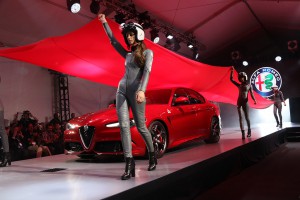
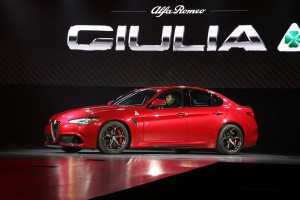
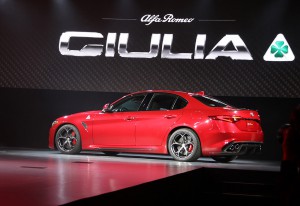
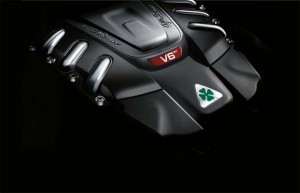
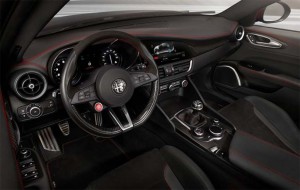
Alfa has always made some nice cars. It remains to be seen how viable, reliable and functional this one is. Pseudo race cars on the street usually have a very impractical comfort level for daily driving.